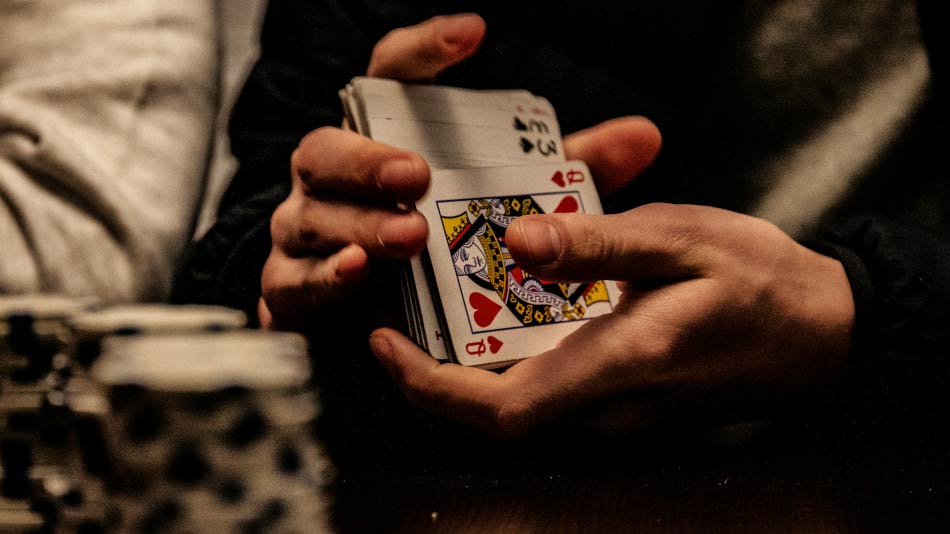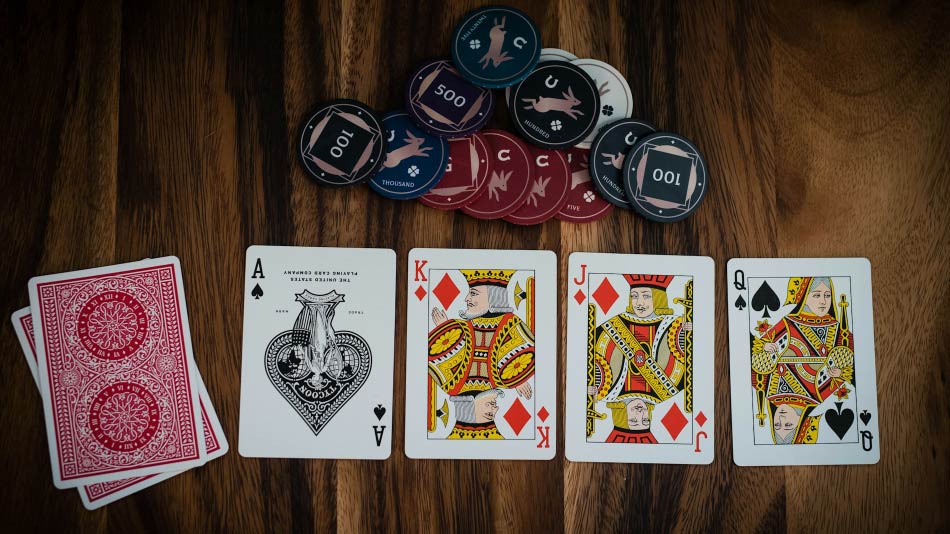
Jhyap/Dhumbal, also known as Dhumbai and globally recognized as Yaniv, is a captivating card game deeply embedded in the cultural fabric of Nepal. Unlike the typical Western card games that focus primarily on winning tricks or accumulating points, Jhyap/Dhumbal challenges players with a unique draw and discard mechanism that emphasizes strategic foresight and minimalism.
This game is not only a popular pastime but also a vital part of social interactions in Nepalese festivals and family gatherings, serving as a bridge between generations and a mirror reflecting the playful spirit of an entire nation.
The game’s simplicity, combined with the depth of its strategic gameplay, makes it accessible to players of all ages, from young children learning the basics of card games to seasoned adults enjoying a competitive match.
The rules might seem straightforward, but mastering Jhyap/Dhumbal requires keen observation, tactical decision-making, and a good understanding of probability and risk management. As we explore the rules and methods of playing Jhyap/Dhumbal, you’ll discover why this game has become a cherished tradition in Nepal. And why you should choose MCW Nepal for this game.
The Objective and Players
The primary objective in Jhyap/Dhumbal is to have the lowest value hand at the end of the game round. This draw and discard game is ideal for 2-5 players, making it a versatile choice for both small family gatherings and larger social events. The inclusive nature and easy-to-learn rules of Jhyap/Dhumbal make it suitable for all ages.
Understanding the Deck and Card Values


Jhyap/Dhumbal is played with a 54-card deck, which includes the standard 52 cards plus 2 jokers. The card values are as follows:
- Joker: 0 points
- Ace: 1 point
- 2-10: Face value
- J, Q, K: 10 points each
Understanding the value of each card is crucial as it determines the strategy for discarding and declaring the end of a game round.
The Deal
The game begins with a random player being chosen as the dealer. They shuffle the deck and deal five cards to each player, one at a time and face-down. After all players have received their cards, the remaining deck is placed face-down in the center of the table to form the stockpile. The top card of this pile is then turned over next to it to start the discard pile.
The Play
The left player to the dealer starts the game. Each player has two main options during their turn:
1. Discard and Pick Up:
- Players may discard any single card, a set of two or more cards of equal rank (e.g., two 6s, four Kings), or a sequence of three or more cards of the same suit (e.g., 4, 5, and 6 of spades). Note that sequences must be discarded in order, and Aces are always low.
- Regardless of the number of cards discarded, the player picks up only one card, either from the stockpile or from the discard pile.
2. Declare Jhyap or Yaniv:
If a player believes they have the lowest hand total and it is their turn, they may declare “Jhyap” or “Yaniv” to end the round. This can only be done at the beginning of their turn.
Strategic Play and Decisions
Jhyap/Dhumbal is not just about luck; strategic thinking is key. Players must decide whether to discard potentially useful cards to lower their hand’s point value or hold onto them to prevent others from using them. The decision to declare “Jhyap” must be timed carefully, as incorrect timing can lead to penalties.
Ending the Game and Scoring
When “Jhyap” or “Yaniv” is declared, all players reveal their hands:
- If the declarer has the lowest value hand, they score 0 points. Other players add up the value of their hands for their scores.
- If another player has a lower hand than the declarer, the declarer receives a 30-point penalty plus the value of their hand, while other players score the value of their own hands.
- The player with the lowest score at the end of each round starts the next round. The game continues until a player reaches a set score limit (usually around 200 points), leading to their elimination.
Kluft: Another Variation
Kluft is a Dutch variation of the Jhayap card game, and the term itself does not translate to any particular meaning in Dutch. This version of the game introduces some unique twists to the standard rules:
- Players can only draw the top card from the discard pile. When discarding a sequence of cards, players can choose to arrange them in either ascending or descending order. This choice determines whether the lowest or highest card of the sequence remains visible at the top of the pile. Typically, the highest card is left on top unless the player discarding has a reason to believe the next player can use the lowest card.
- When discarding a set of cards with the same rank, the player has the freedom to choose which suit is displayed on top.
- Jokers are treated solely as zero-value cards and cannot replace other cards in sequences.
Ending the Game:
To end the game, a player who has 5 points or fewer at the beginning of their turn can declare “Kluft,” indicating they believe they have the lowest or tied for the lowest score. The player who calls “Kluft” does not immediately reveal their cards.
Instead, the other players must each decide whether to show their cards or challenge the claim by declaring “Onderkluft.” The term “Onderkluft” suggests that a player believes their hand scores lower than that of the “Kluft” caller and any other player who has already made an “Onderkluft” claim.
Typically, a player will only call “Onderkluft” if their hand totals 4 points or fewer; with a hand worth 5 points or more, they would simply reveal their cards.
- If no player challenges with an “Onderkluft,” the caller of “Kluft” scores zero points, and the other players score points based on the total value of their hands. Importantly, if a player has a lower score than the “Kluft” caller but did not challenge, there is no penalty for the “Kluft” caller.
- If one or more players challenge with “Onderkluft,” the player among the challengers with the lowest hand value wins, scoring zero points. Challengers who did not have the lowest score receive a penalty of 15 points added to their hand’s value, and other players score according to the value of their hands. In the event of a tie in the lowest scores among “Onderkluft” challengers, the one who called first wins.
- Players whose scores exceed 100 are eliminated from the game, while a score of exactly 100 is halved to 50.
Conclusion
Jhyap/Dhumbal stands out as a testament to the rich cultural tapestry of Nepal, offering a unique blend of social interaction, cultural tradition, and strategic complexity. It is a game that encourages camaraderie, sharpens the mind, and entertains, making it an essential part of Nepalese heritage.
Are you ready to delve into the world of Nepalese poker? Sign up at MCW and connect with players from around the globe to master Jhyap/Dhumbal. Whether you’re seeking a casual game or competitive play, MCW offers the perfect platform to explore this fascinating game.




